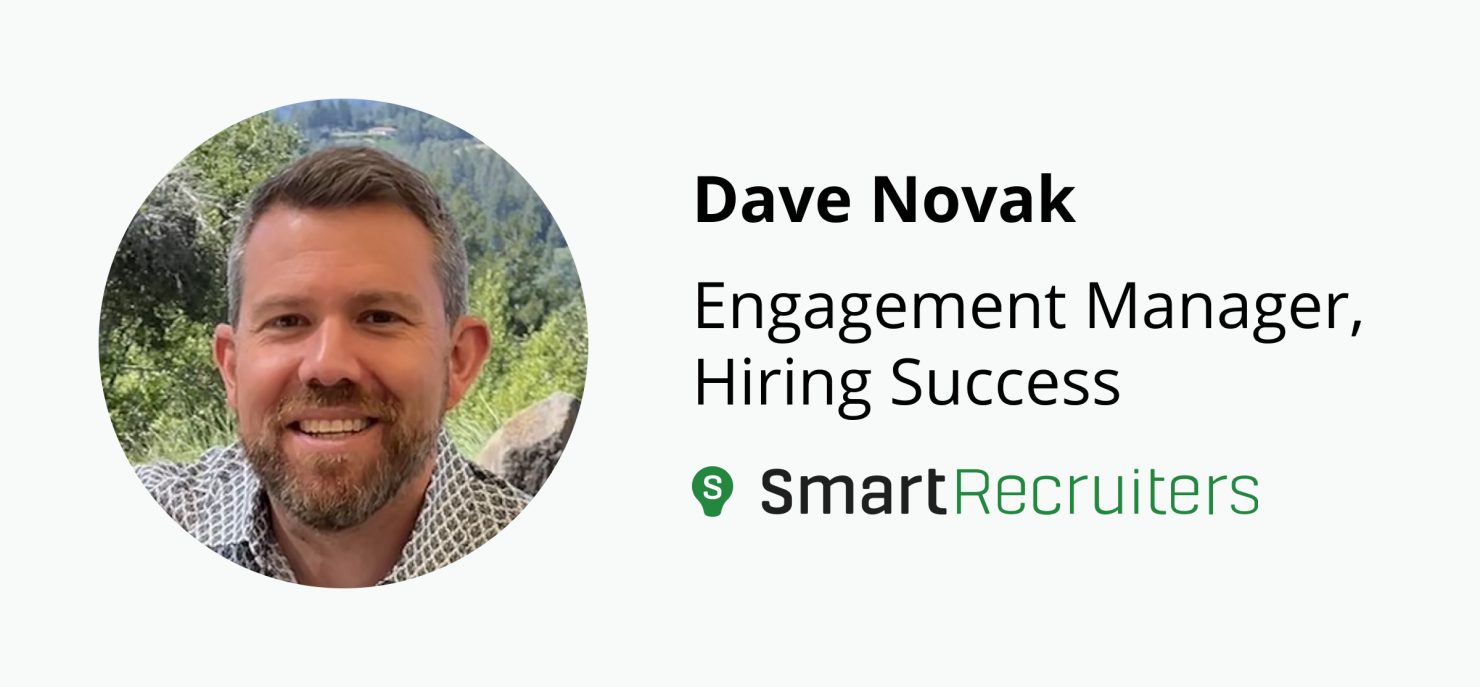The role of talent acquisition has changed substantially in the last few decades. Long viewed as an administrative function, recruiting was seen as a cost center, and systems were built to support this mentality.
If the pandemic taught us anything, it’s that the old model and old systems no longer work in a candidate-driven market. Recruiters need to be marketers, data analysts, and organizational enablers all-in-one. And TA leaders need to ensure that their teams have the technology to support this expanded role so that their companies can compete in an ever-changing marketplace for talent.
Data from the recruiting tech stack gives TA leaders the ability to become strategic partners to the business – valued participants in the evolution of a company’s talent strategy. But how does one navigate this sea of solutions for everything from a core applicant tracking system to point solutions for background checks and assessments?
In a conversation with SmartRecruiters Hiring Success experts Dave Novak, Engagement Manager, and Jared Best, Regional Practice Leader, I explored the topic, “What can talent acquisition leaders ask of their technology that will help them obtain and maintain their seat at the table?” Some of those ideas are summarized in our ebook, A Seat at the Table: A Guide to Leading a Strategic Talent Acquisition Function. This article takes a deeper dive into five key points in the ebook’s eight-point Technology Checklist.
1. Empower Recruiters
“If you don’t have the right technology, your recruiters spend a lot of time doing administrative, non-value-added work,” said Dave Novak. “Recruiters should be focused on talent: sourcing talent, talking to talent, negotiating with talent, hiring talent. If they’re spending too much time filling out spreadsheets and coordinating schedules, they’re not maximizing their value proposition to your organization.”
An Aptitude Research survey found that only 48% of recruiters are satisfied with their technology, compared to 78% of TA leaders. This disconnect shows how important it is for TA leaders to choose technology that makes recruiting easier, not harder.
2. Foster the Candidate Experience
“A hallmark of a mature TA organization is the acceptance that the candidate is at the center of everything they do,” said Dave. “It has to be a synchronous experience for the candidate and the employee who comes through the system. The ideal scenario is that your talent acquisition processes provide a realistic preview of how your company operates and what it’s going to be like once they get hired.” That includes everything from your talent attraction methods, career site, interviewing experience, and onboarding process.
Reducing the number of clicks in an application and connecting systems with automation improves the candidate experience and drastically reduces the time to fill. KinCare saw a 60% reduction in candidate drop-off when they reduced the time to complete an application from 17 minutes to 3-5 minutes.
3. Engage Hiring Teams
“Another hallmark of a mature TA function is that your organization engages with the hiring process,” Dave said. “When your system invites engagement, people use it consistently, which enables you to tell a story with data.” With more visibility into the impact of their behaviors, “hiring teams can get excited about building an awesome interview process,” he said.
KinCare experienced a growth in organizational trust once they implemented new hiring software. Ben Rynja, Head of Talent Acquisition at KinCare said, “It’s become more of a collaborative environment. When you’ve got transparency, you’ve got trust. Trust was no longer an issue.”
4. Lead with Data
“Good talent leaders need to make data-driven decisions, said Jared Best, “but many are handcuffed by not being able to report on the full picture of the TA funnel.” Echoing Ben Rynja’s experience, he said “Data allows leaders to hold not only their teams accountable but also their partners in the business.” Jared also mentioned how important data is in the journey to being viewed as a strategic partner rather than a cost center. “Data can help you better position your story around where the gaps are in driving equal partnership from the organization,” Jared said. “It helps you justify additional resources and investments because you can explain the past performance and forecast scenarios about the future.”
“Reporting has to be pragmatic and accessible for the organization,” Dave Novak added. “Sometimes the data is there, but it’s not presented in a way that people can easily understand it.” Read our post 6 Steps to a Talent Acquisition Reporting Strategy for tips on how to get started on leading with data.
5. Adapt to Changing Recruiting Practices
A system’s level of technical flexibility—with the help of open APIs—helps companies adapt to change. Recent examples of the need for flexibility include the pandemic-induced pivot to video interviewing and new salary transparency laws in many states. “Your platform should be nimble,” Jared said. “You shouldn’t need an entire HRIT team to support you.” Today’s strategic teams typically have a TA ops resource rather than a big HRIT team that takes months to make updates. A platform that supports self-service and has built-in integrations enables changes to be made in days rather than months.
When a talent acquisition team is seen as flexible and responsive, they’re better positioned to maintain their influence within an organization. For example, CityFibre relied on SmartRecruiters to ensure its DEI initiative was carried through the recruiting process, earning the company an award along the way. And Informa found out how to weave its company-wide sustainability initiative into its messaging to attract talent.
There’s no end to the creative ways that talent acquisition can be involved in company-wide people initiatives. For a deeper dive into understanding how to get and maintain your seat at the table, download our ebook today. Read this post for a sneak peek at the contents.








